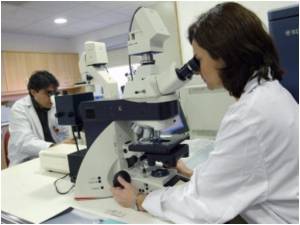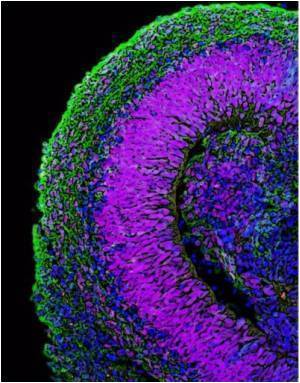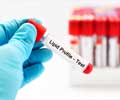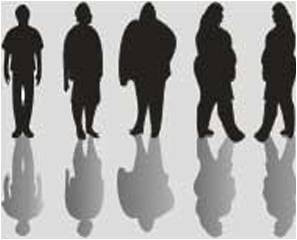Researchers have used maths to predict how proteins cause the birth of a human fat cell.

Every human body needs fat to store and produce energy, but in excess, the tissue made up of fat cells begins to secrete molecules that send out complicated signals.
This process can lead to inflammation and, in turn, to insulin resistance or diabetes, and contributes to the development of other diseases.
The scientists focused on three proteins that are known to have an impact on the fate of preadipocytes - one protein that influences inflammation; another that drives the creation of fat cells; and a third that is involved in the proliferation, or copying, of almost all cells in the body.
A series of differential equations determined how the complex interactions among these three proteins would likely affect what happens to pre-fat cells, including conditions most associated with quiescence, or keeping those preadipocytes from turning into fat.
A better appreciation of this process could help researchers more fully understand the causes of disorders associated with excess fat, including obesity and insulin resistance.
Advertisement
"Obesity is certainly related to the types and amounts of foods people consume. But how the body responds to this can differ from one person to another, and could be related to some abnormalities in these protein interactions. The amount consumed may not be the only reason behind obesity. With this study, we started to understand how protein levels and complex molecular interactions in the body may influence the development of fat cells," he added.
Advertisement
He identified 16 proteins that appeared to be the most active in the process.
He and the research group, a team of math and biology experts, narrowed that number to three high-impact proteins as a starting point.
Coskun then designed differential equations based on the biological model that would show how the pre-fat cells behaved under a variety of conditions, depending on the proteins' activity.
The three proteins are NF-kB, PPAR-gamma and cyclin D. NF-kB initiates inflammation in tissue.
PPAR-gamma must be present for adipogenesis, or the creation of fat cells, to occur. And cyclin D is responsible for cell proliferation, or copying and growth, in almost all cells, including pre-fat cells and fat cells.
"The three target proteins of this initial model are the most commonly studied, but their mutual relationships in relation to the creation of fat cells are still not well-known, so we are putting their roles together to see how they contribute to fat cell determination for the first time, as far as we know, in the literature," said Coskun.
The mathematical equations in which these three protein levels were manipulated resulted in a model that helped define the conditions under which pre-fat cells would remain dormant, start copying themselves or turn into fat cells.
The study has been published in a recent issue of the Journal of Theoretical Biology.
Source-ANI














